
Vialox (Pentapeptide-3V) – 200MG
$202.00
Discount per Quantity
| Quantity | Discount | Price |
|---|---|---|
| 5 - 8 | 5% | $191.90 |
| 9 + | 10% | $181.80 |
Scientific Overview of Vialox (Pentapeptide-3V)
Vialox, also referred to as Pentapeptide-3V, is a small synthetic peptide that has drawn interest in research for its potential to interact with communication pathways at the neuromuscular junction. Early investigations suggest that it may act in a manner somewhat comparable to certain naturally occurring compounds, such as curare alkaloids, that appear to modulate neurotransmission between nerves and muscles. Researchers have speculated that this compound might be capable of temporarily interrupting the cascade of signals thought to underlie muscular contraction, leading to an observable relaxation response under laboratory conditions.
Alternative Names: Pentapeptide-3V
Vialox Studies and Research Data
Explorations into Neuromuscular Activity
Preclinical research indicates that Vialox may interfere with the transmission of signals between neurons and muscle cells. Some studies propose that it may interact with specific receptor sites at the postsynaptic membrane, potentially preventing acetylcholine from binding and thereby reducing depolarization events that precede muscular contraction. This type of mechanism has been compared with that of non-depolarizing neuromuscular blockers studied in classical pharmacology.
Vialox Laboratory Investigations of Muscle Response
Experimental models suggest that Vialox might contribute to reduced muscle contractions within relatively short time frames. In certain in-vitro settings, partial muscular paralysis has been observed, which appeared to persist for extended durations. These findings have led to speculation that the compound may support forced relaxation of muscle tissue under controlled experimental conditions.
Research on Skin Structure and Aging Models
Some laboratory studies exploring cosmetic science frameworks have examined Vialox in relation to wrinkle depth and skin texture. Data suggest that peptide exposure may correspond with smoother surface characteristics and reduced roughness in test systems. Investigators note that these findings align with theoretical models of protein decline, such as reduced collagen and elastin, that accompany aging processes.
Vialox Comparisons with Related Compounds
Researchers often frame Vialox within a broader context of neuromodulatory compounds, drawing parallels with snake-venom-derived peptides and established agents like tubocurarine. While their origins and structures differ, all appear to share a potential to interrupt communication between nerve impulses and muscle fibers. This comparative approach is frequently used to clarify hypothetical pathways of action in laboratory investigations.
Conclusion
Vialox (Pentapeptide-3V) is being studied primarily for its proposed interactions with neuromuscular communication and its possible implications in laboratory models of skin aging. Research appears to suggest that it may disrupt acetylcholine signaling, leading to muscle relaxation, while additional investigations explore its influence on surface characteristics of skin structures. Overall, the available studies emphasize theoretical mechanisms and comparative models, while highlighting the need for continued exploration in strictly experimental settings.
References
- Reddy, B. Y., Jow, T., & Hantash, B. M. (2012). Bioactive oligopeptides in dermatology: Part II. Experimental dermatology, 21(8), 569-575.
- Gorouhi, F., & Maibach, H. I. (2009). Role of topical peptides in preventing or treating aged skin. International journal of cosmetic science, 31(5), 327-345.
- Lupo, M. P., & Cole, A. L. (2007). Cosmeceutical peptides. Dermatologic therapy, 20(5), 343-349.
- Husein el Hadmed, H., & Castillo, R. F. (2016). Cosmeceuticals: peptides, proteins, and growth factors. Journal of cosmetic dermatology, 15(4), 514-519.
Disclaimer:
The products mentioned are intended solely for laboratory research and in-vitro experimentation. They are not approved for human or animal use of any kind. All details provided are for educational purposes only. By purchasing from this site, you agree to comply with our Terms and Conditions.
39 reviews for Vialox (Pentapeptide-3V) – 200MG
Only logged in customers may leave a review.
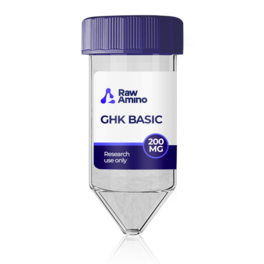
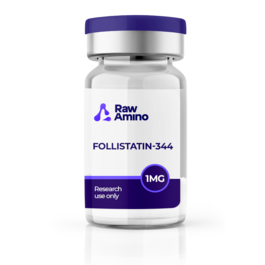
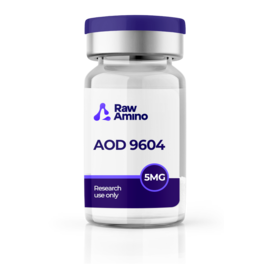
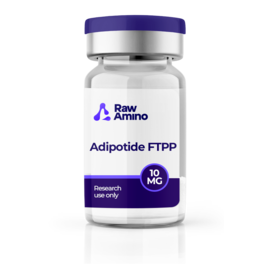
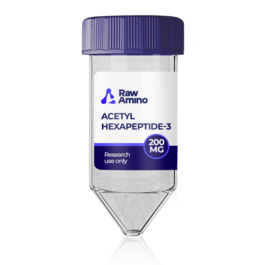
Carlos U –
Tracy K –
sharon S –
patty das –
Great experience!
proto proto –
hari mohan –
Bryan g –
Never had to call twice in transaction to get things done.
ayan son –
Andrew F –
⭐⭐⭐⭐
amanda P –
Lori Z –
data k –
raya dev –
kristina km –
James jacob –
Vickie V –
Laura O –
jorge G –
lion jude –
wendy mcconnell –
wendy mcconnell –
edward D –
brianna mg –
Julie P –
teresa jose –
sarah Harry –
john k –
robert G –
frank Lopez –
don data –
Jacob M –
smith regina –
angela raj –
Monica B –
terrell kristina –
justin robert –
chad c –
Norman Q –
James jose –